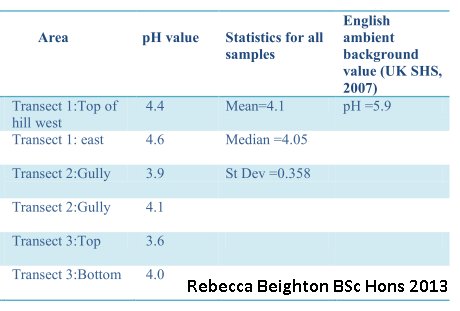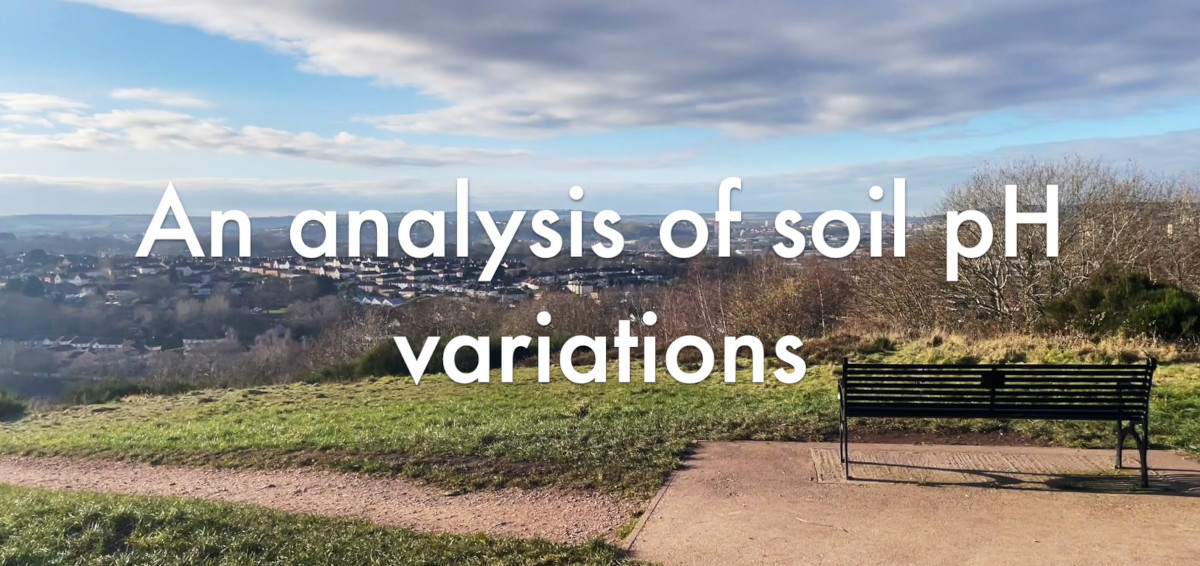---- A 300 million year story ----
Geology Walk - Sunday 17th November 2024 >>
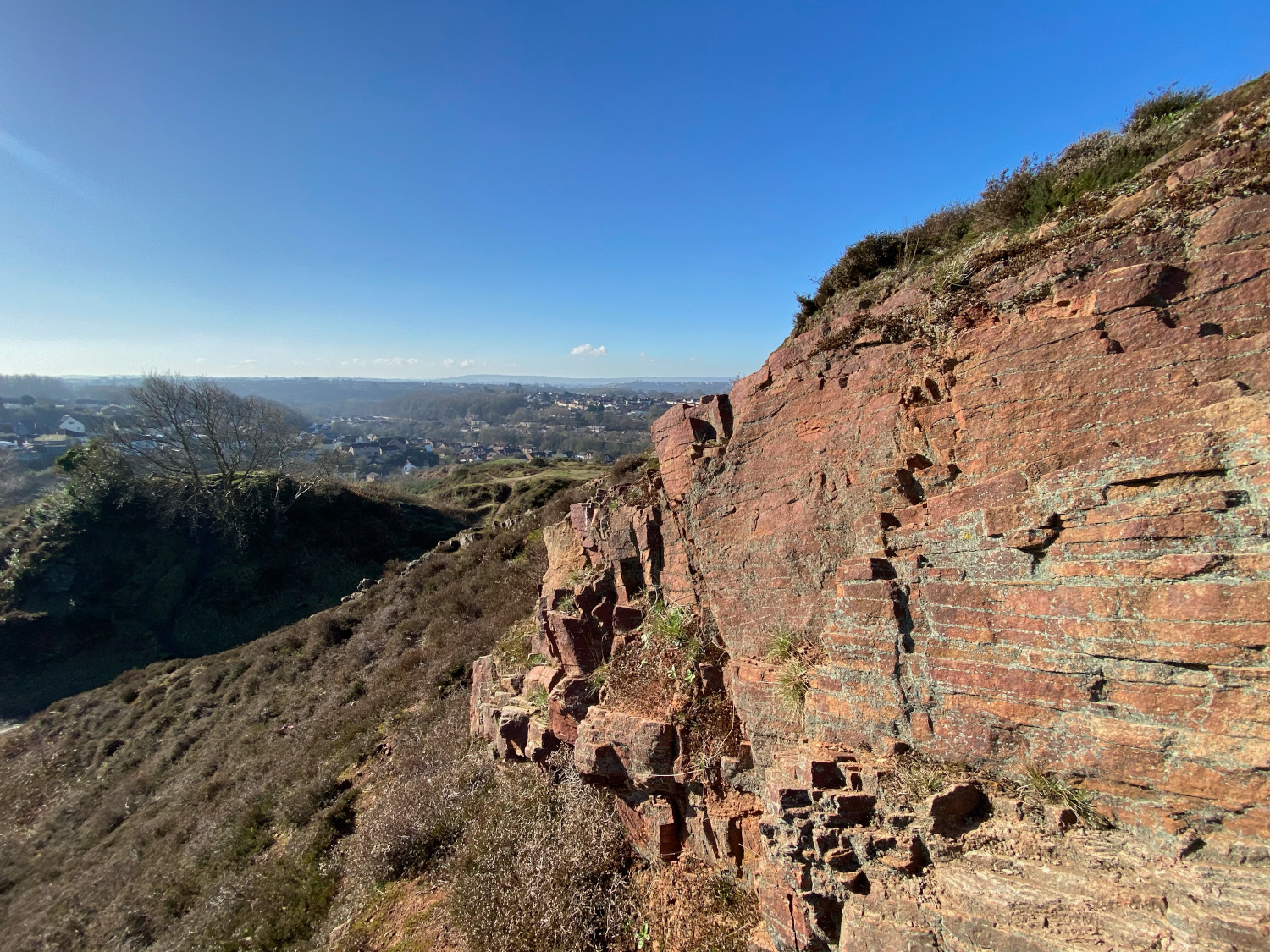
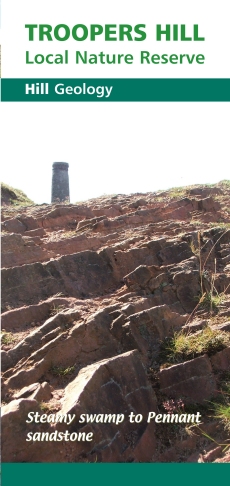 Troopers Hillís geology is unusual in Bristol. Much of the city lies on Carboniferous Limestone, but Troopers Hill is dominated by sandstone of the Pennant Measures which are sedimentary rocks formed in tropical swamps some 300 million years ago. In places, the sandstone can be seen on the surface, both as natural outcrops and old quarry faces.
Troopers Hillís geology is unusual in Bristol. Much of the city lies on Carboniferous Limestone, but Troopers Hill is dominated by sandstone of the Pennant Measures which are sedimentary rocks formed in tropical swamps some 300 million years ago. In places, the sandstone can be seen on the surface, both as natural outcrops and old quarry faces.
The combination of sandstone and local industry has resulted in acid soils, which are rare in Bristol. This has encouraged a wealth of plants to flourish, that are found nowhere else in the City.
Much of the shape of the hill is the result of quarrying for the sandstone which was used as building stone throughout Bristol. The largest quarry was the gully in the centre of the hill which was worked until the end of the nineteenth centuary. The humps and bumps above Troopers Hill Rd are where the unsuitable stone was tipped.
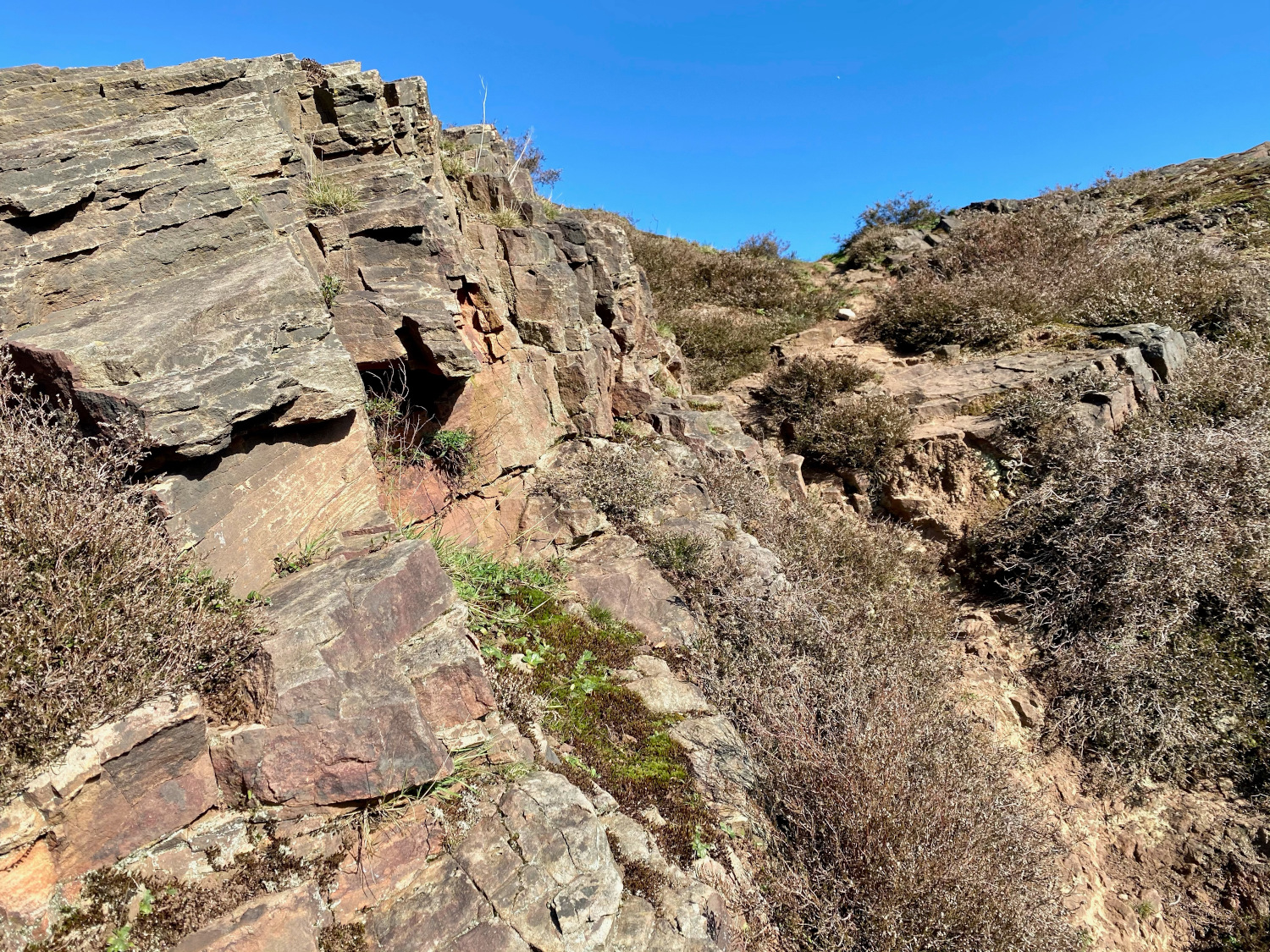 As well as sandstones the Pennant Measures include mudstones, shales, clay and coal seams. In the past coal has been dug where it outcroped on the hill and both fireclay and coal have been taken from deep mines under the hill.
As well as sandstones the Pennant Measures include mudstones, shales, clay and coal seams. In the past coal has been dug where it outcroped on the hill and both fireclay and coal have been taken from deep mines under the hill.
The importance of Troopers Hill as a geological site was officially recognised in April 2010 when Troopers Hill was designated as a Regionally Important Geological and Geomorphological Site (RIGS) these are now also known as Local Geological Sites.
![]() RIGS Assessment 2005
RIGS Assessment 2005
More information on the 300 million year history of Troopers Hill is available in our 'Hill Geology' Leaflet which is available via the link below.
![]() Download Site Leaflets
Download Site Leaflets
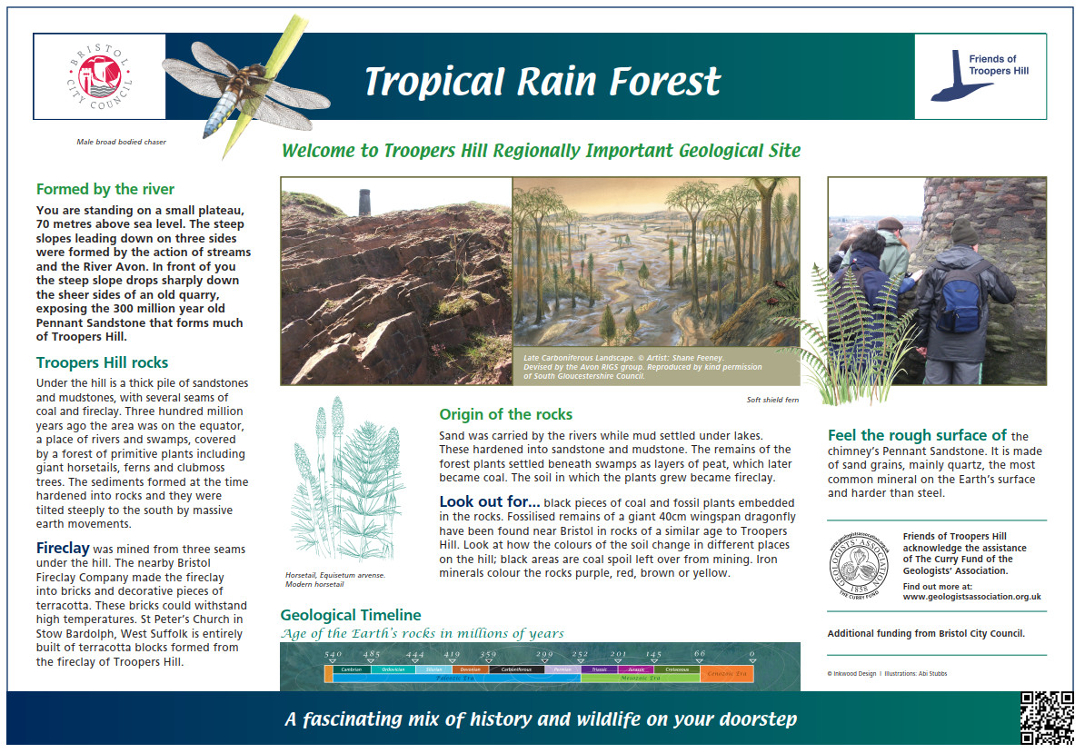

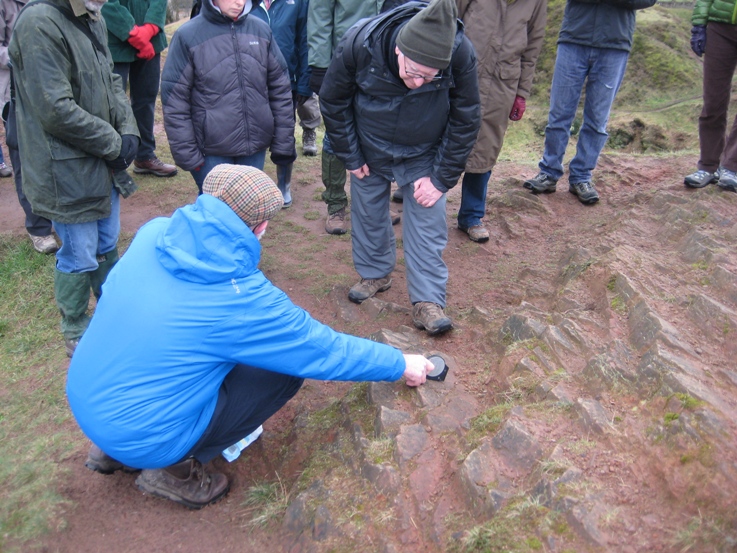 Andrew Mathieson who led guided geology walks on Troopers Hill in
Andrew Mathieson who led guided geology walks on Troopers Hill in 